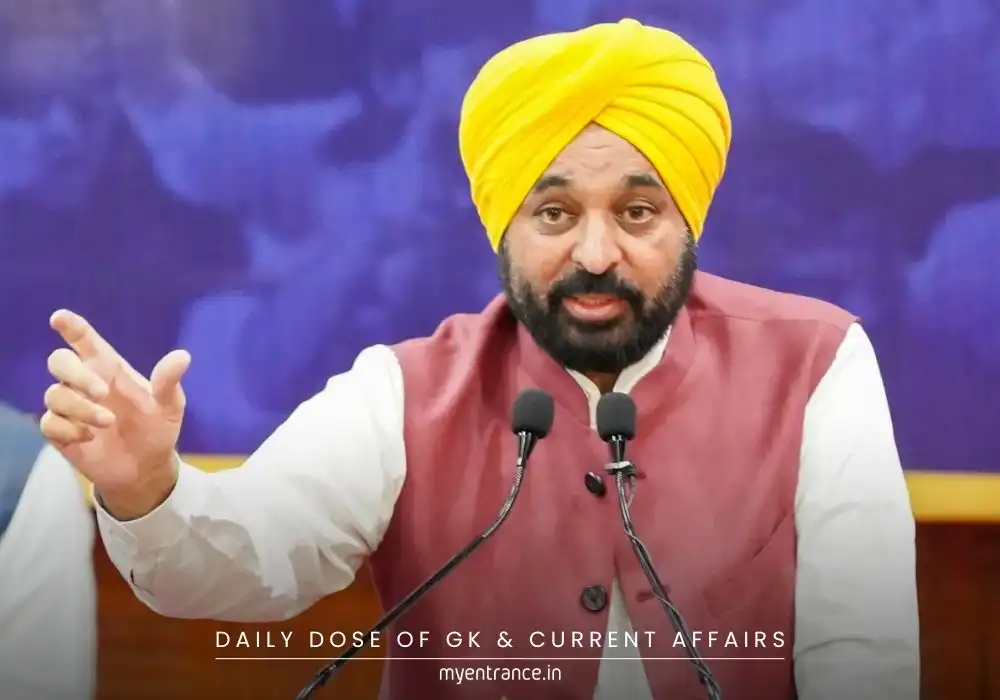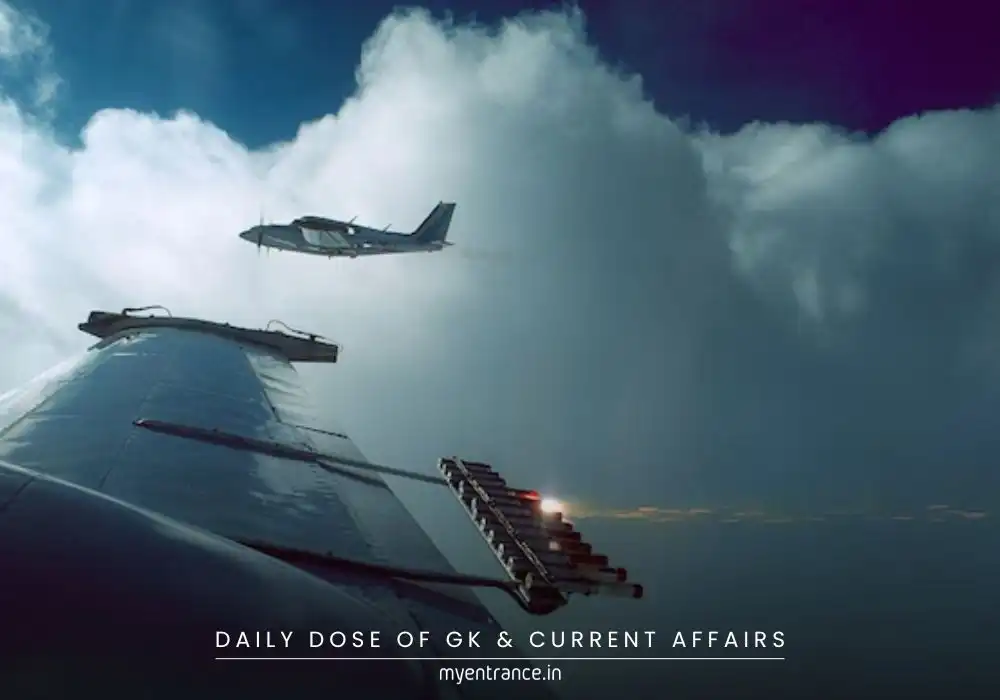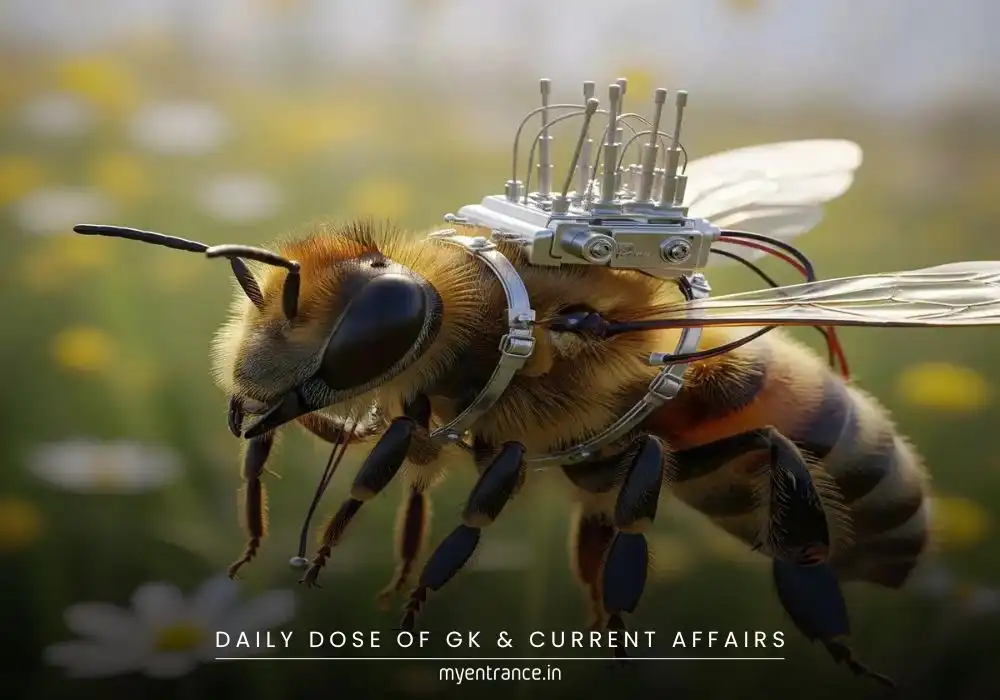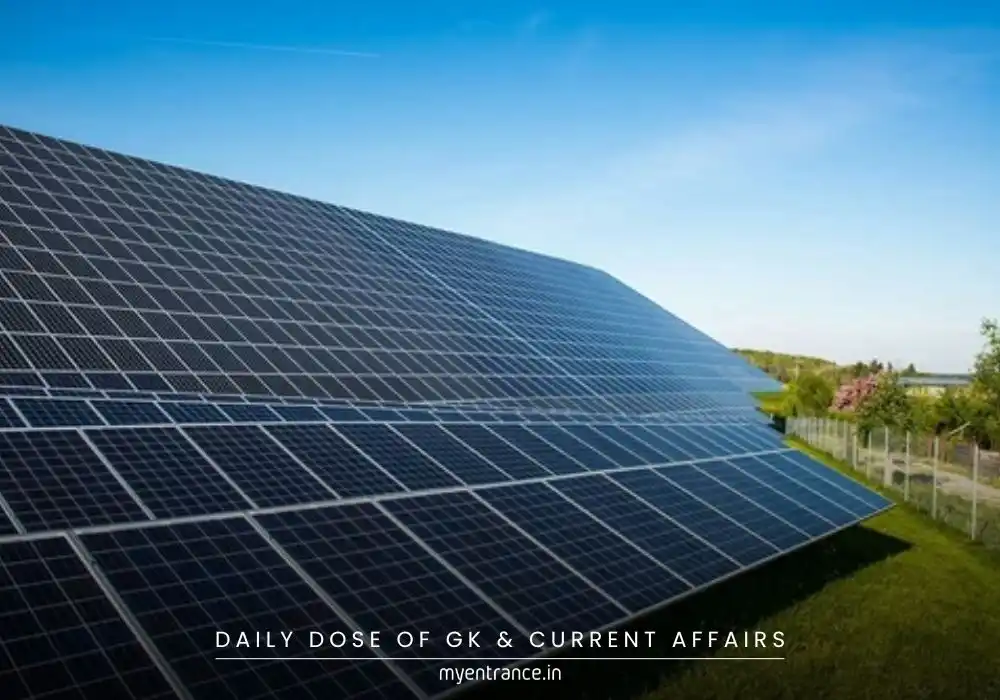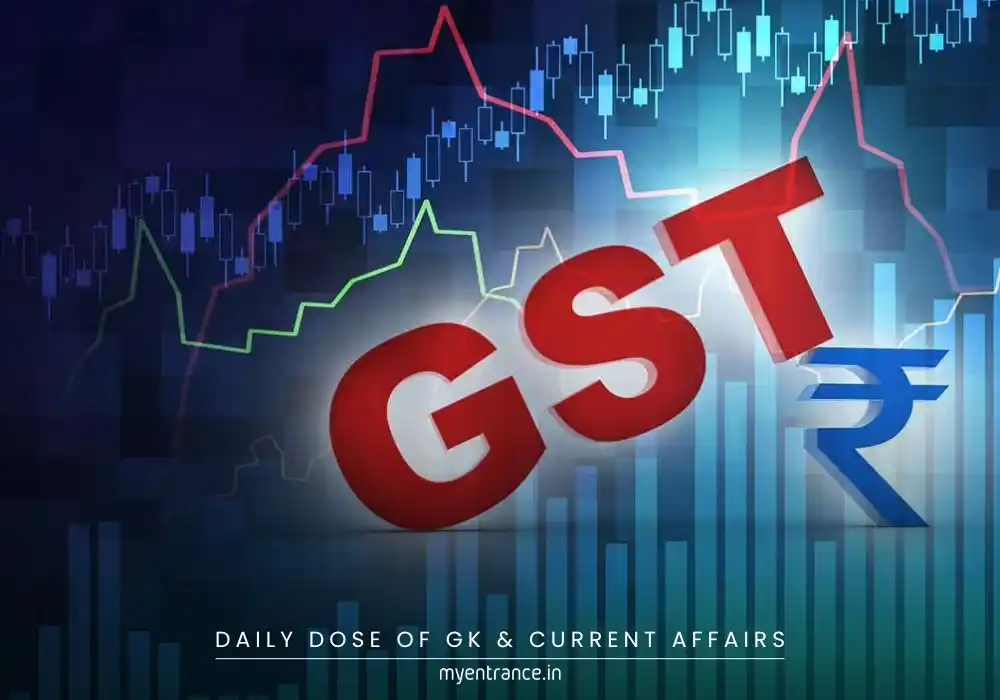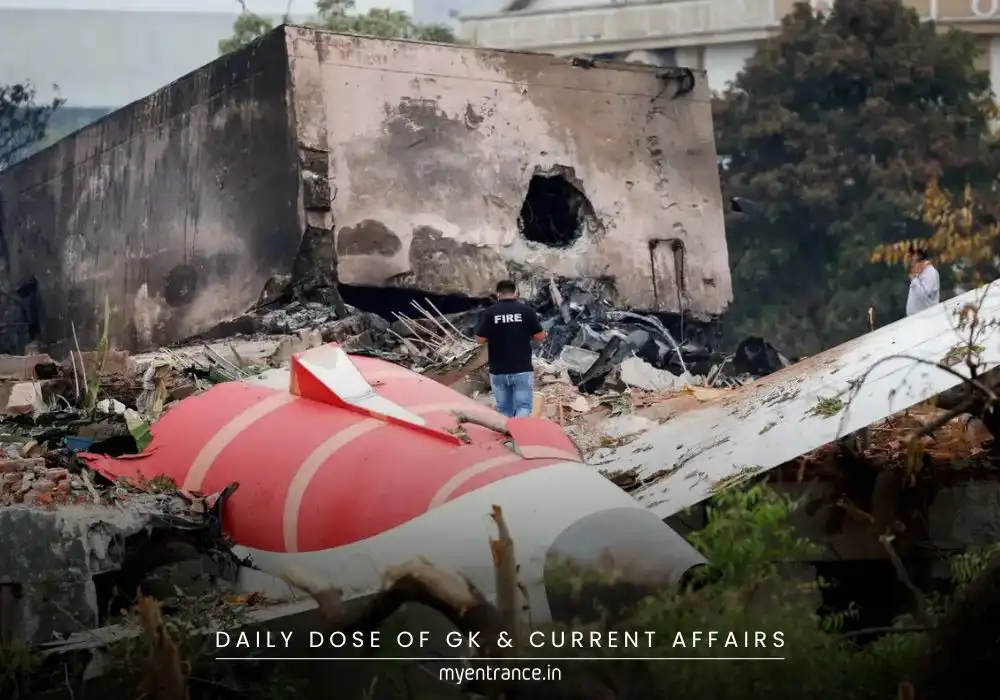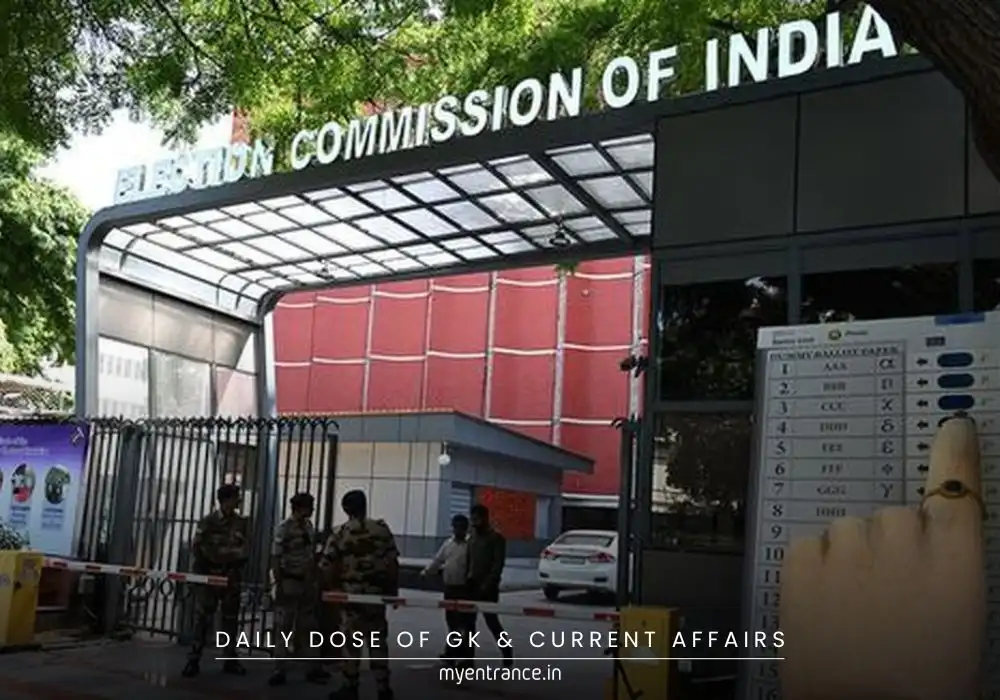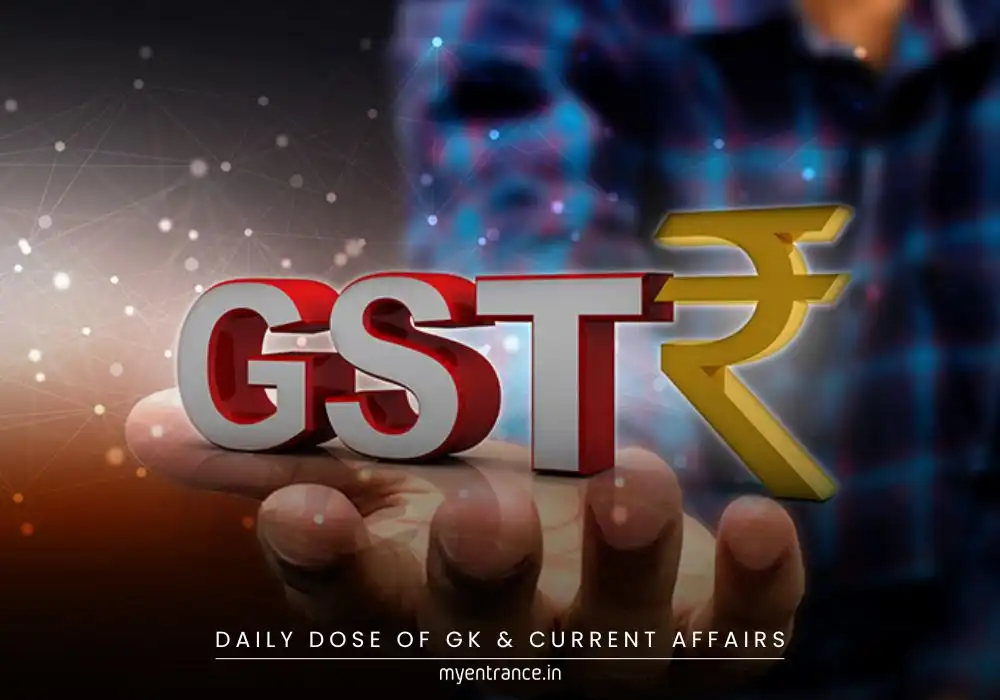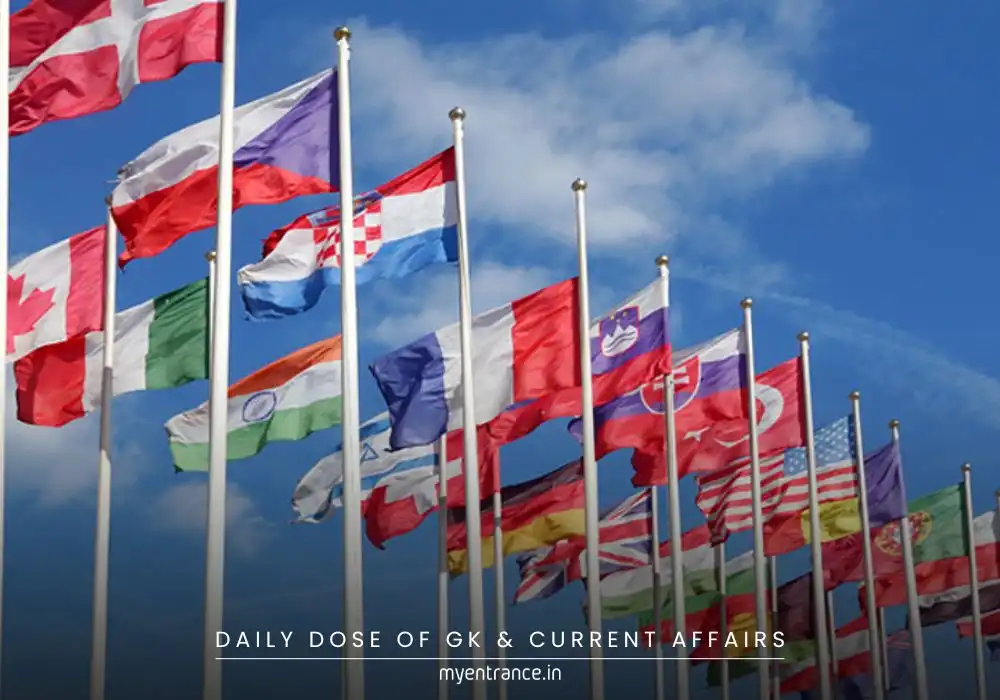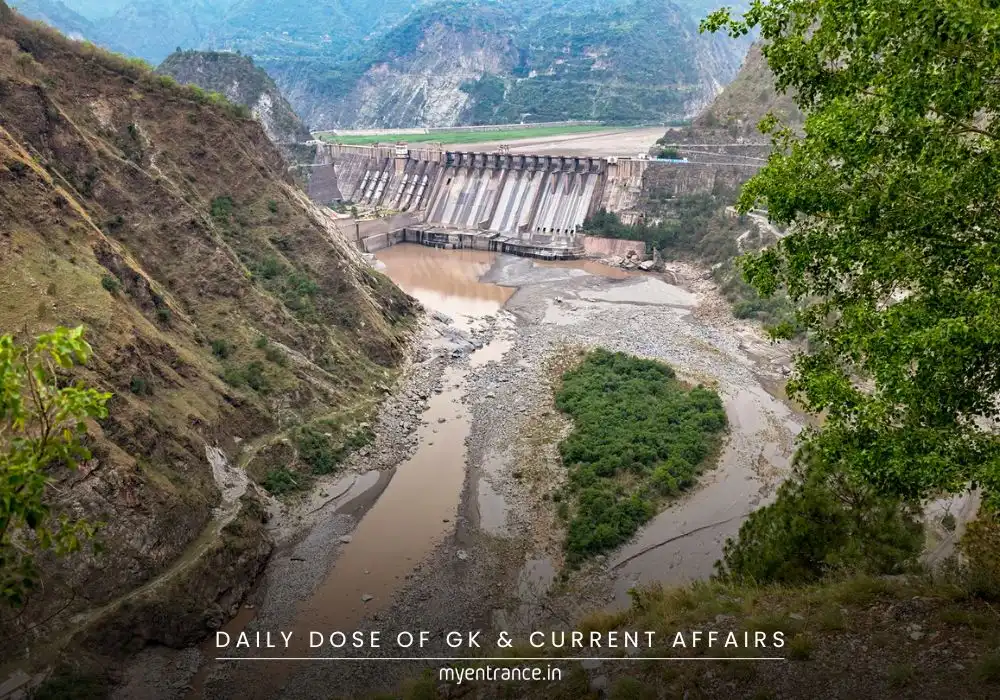Select Language
Defence Sector Boom in India: Opportunities, Challenges & Exam-Ready Insights
India’s defence sector is witnessing unprecedented growth, driven by government initiatives like Atmanirbhar Bharat and rising global demand. For competitive exam aspirants (SSC, PSC, SSLC, NID, FDDI, NIFT), understanding this sector is crucial as it impacts economic growth, employment, and national security—key topics in many examinations.
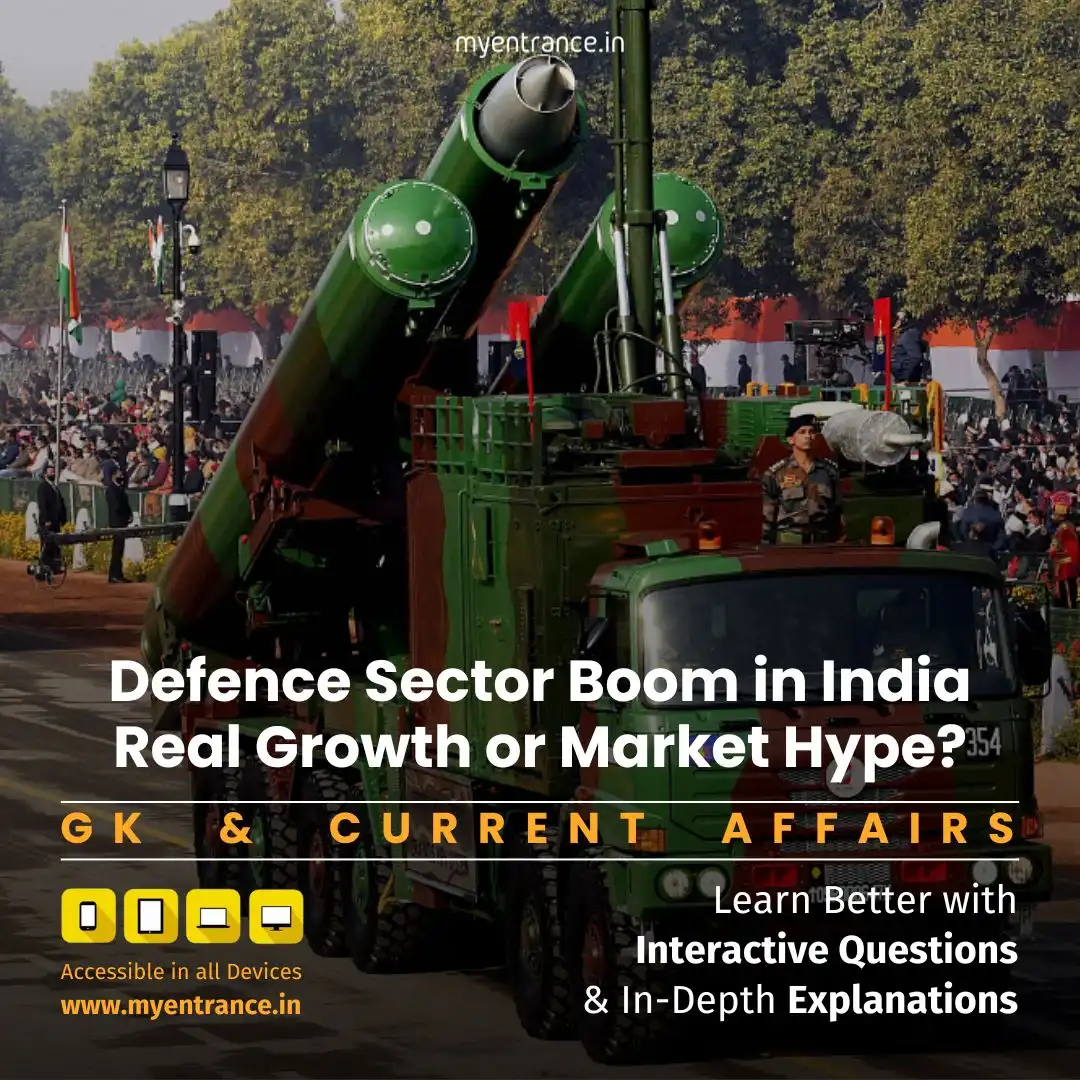
Why This Matters for Competitive Exams
Economic Growth & Employment: Defence manufacturing contributes to GDP and job creation.
Government Policies: Atmanirbhar Bharat, Make in India, and defence corridors are frequent exam topics.
National Security: Geopolitical tensions (China, Pakistan) impact defence strategies.
Current Affairs: Defence exports, FDI in defence, and new technologies are hot topics.
GK & Static Awareness: PSUs like HAL, BEL, and private players like Bharat Forge are often asked.
Key Factors Driving India’s Defence Boom
1. Government Push for Self-Reliance
Atmanirbhar Bharat aims to reduce imports and boost domestic production.
Defence Budget: Capital outlay for FY26 is ₹1.8 trillion, a 13% increase.
Indigenisation Lists: 509 defence items banned from imports till 2032.
2. Rising Defence Exports
Exports surged 30x since 2014, reaching ₹210 billion (~$2.5 billion).
Key exports: Tejas jets, BrahMos missiles, Akash air defence systems.
Target: ₹500 billion in exports by 2030.
3. Private Sector Participation
Companies like Bharat Forge, Data Patterns, MTAR are entering defence manufacturing.
Joint Ventures (JVs) with global giants like Airbus, Dassault, and GE Aviation.
4. Defence Corridors & PLI Schemes
Tamil Nadu & Uttar Pradesh Defence Corridors boosting local manufacturing.
Production-Linked Incentives (PLI) for drones, electronics, and aerospace.
5. Geopolitical Tensions Driving Modernisation
China-Pakistan threat accelerating India’s defence upgrades.
S-400 missiles, Rafale jets, Tejas Mk-1A enhancing combat readiness.
Challenges in India’s Defence Sector
✅ Execution Delays: Projects like Tejas Mk-II, AMCA fighter jets are behind schedule.
✅ Import Dependence: Critical tech (jet engines, radars) still imported.
✅ Budget Constraints: Defence allocations often 20% lower than armed forces’ demands.
✅ Export Hurdles: Global buyers demand reliability in delivery and after-sales support.
Public vs Private Defence Players
Public Sector (HAL, BEL, BDL)
✔ Stable growth (15-18% CAGR)
✔ Massive order books (HAL: ₹4.4 trillion)
✔ Government backing but slower decision-making
Private Sector (Data Patterns, Bharat Forge, MTAR)
✔ Higher growth (25-40% CAGR)
✔ Agile operations, tech-focused
✔ Riskier but high-reward potential
India’s defence sector is booming, but risks like execution delays and import dependence remain. For exam aspirants, focusing on government policies, key players, and export trends is essential. Investors should balance PSUs (stability) and private firms (growth) for long-term gains.
For students: This sector is a goldmine for GK, economy, and current affairs—master it for exam success!
Sample Questions & Answers for Competitive Exams
Q1. What is the target for India’s defence exports by 2030?
Ans: ₹500 billion (Fivefold increase from current levels).
Q2. Which two states have dedicated defence industrial corridors?
Ans: Tamil Nadu and Uttar Pradesh.
Q3. Name India’s first indigenous fighter jet.
Ans: HAL Tejas.
Q4. What is the FDI limit in India’s defence sector under automatic route?
Ans: 74%.
Q5. Which missile system has India successfully exported to Southeast Asia?
Ans: BrahMos supersonic cruise missile.
Most Predicted Questions
Comprehensive study materials, Expert-guided tips & tricks, Mock tests and instant results.
Start your SSC, NIFT, NID, FDDI, PSC journey today with MyEntrance, your ultimate online coaching platform.
